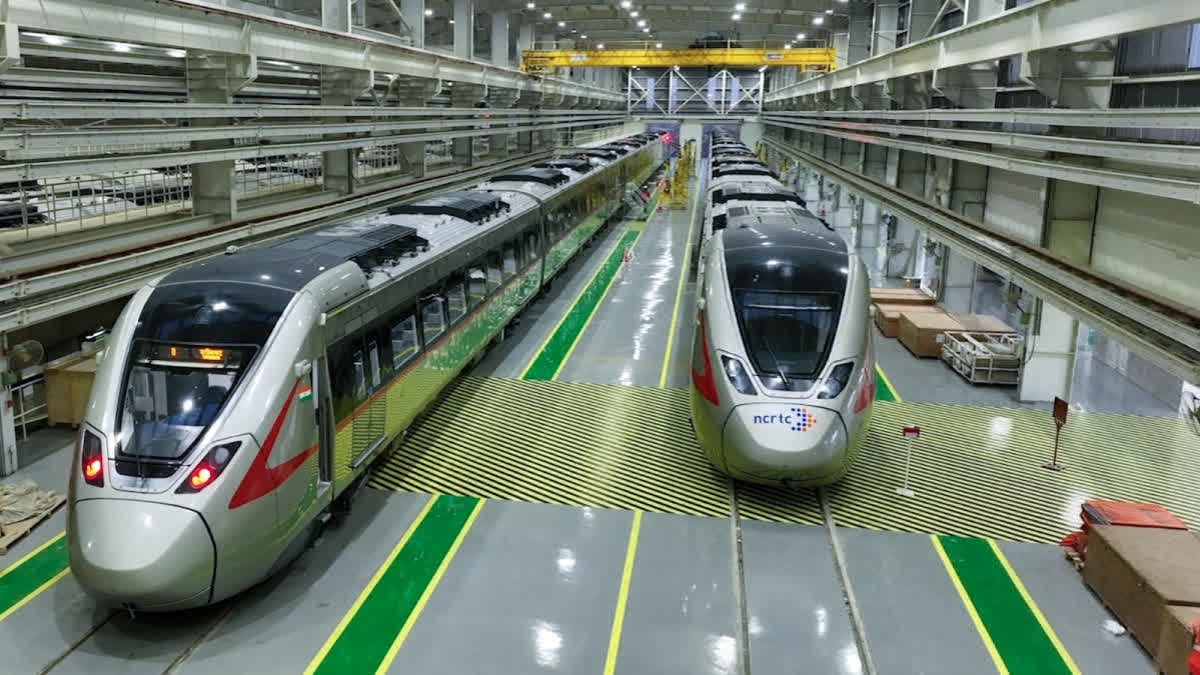New Delhi:The Regional Rapid Transit System (RRTS) Corridor, which has been developed on the Delhi-Ghaziabad-Meerut route, will be a state-of-the-art regional mobility solution and is comparable to a modern transport system that will provide safe, reliable and modern intercity commuting in the country.
The entire corridor is expected to be operational by the targeted deadline of 2025. However, currently, a total of 42 km of the Delhi-Ghaziabad-Meerut RRTS corridor is operational which covers nine stations from Sahibabad in Ghaziabad to Meerut South in Meerut, the National Capital Region Transport Corporation (NCRTC) officials said.
This network will have extensive multi-modal integration with Railway stations, Metro stations and Bus services and this transformative regional mobility will boost economic activity in the region and help to reduce vehicular air pollution.
CO2 Sensors
According to the NCRTC, various modern technologies are installed at stations for the comfortable journey of the passengers. For this, to ensure optimal air quality for Namo Bharat passengers, CO2 sensors are installed at the stations and public areas to monitor CO2 levels. A logic controller analyses this data and regulates fresh air intake levels as and when necessary to ensure proper ventilation.
"CO2 sensors are being installed in each underground station. Underground stations of RRTS are Anand Vihar in Delhi and Meerut Central, Bhaisali and Begumpul in Meerut and monitoring is done at each of these stations at the station control room and centrally at Operation Control Centre (OCC)," an NCRTC official said.
Environment Control System
New-age tools have been adopted to strategically plan the Environment Control System which helps to prevent the formation of hot or cold spots within the stations, optimising station layout and infrastructure design for passenger comfort, officials added.
Water-Cooled Chillers
